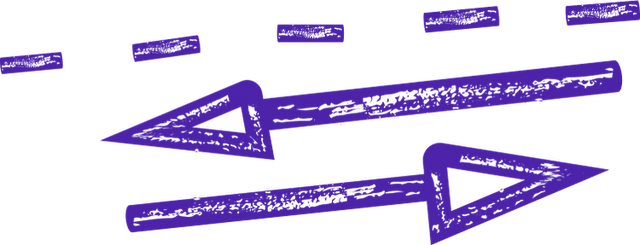
eirp
EIRP: The Backbone of Efficient Wireless Communication Systems
What is EIRP?
EIRP, an acronym for Effective Isotropic Radiated Power, is a vital concept in the field of telecommunications and wireless communication systems. It represents the total power that an antenna system radiates in a specific direction, taking into account the transmitter power, antenna gain, and any losses or gains in the transmission line.
Understanding EIRP Calculation
To calculate EIRP, several factors need to be considered:
- Transmitter Power (Pt): This refers to the power generated by the transmitter itself, typically measured in watts (W).
- Antenna Gain (Ga): Antenna gain describes the ability of an antenna to focus or direct the power in a particular direction. It is usually measured in decibels (dB).
- Transmission Line Loss (Ll): The transmission line connecting the transmitter to the antenna may introduce losses due to impedance mismatches or cable attenuation. These losses are measured in decibels (dB).
With these values in mind, the EIRP can be calculated using the following formula:
EIRP = Pt + Ga - Ll
The EIRP is typically expressed in units of decibels relative to one watt (dBW) or decibels relative to one milliwatt (dBm).
Importance of EIRP in Wireless Communication
EIRP plays a crucial role in wireless communication systems, particularly in determining the range and coverage area of a wireless network. It helps in understanding the power available in a specific direction from an antenna, taking into account both the transmitter power and the antenna's ability to focus that power.
By optimizing the EIRP, network engineers can ensure efficient transmission and reception of signals, maximizing coverage while minimizing interference and signal degradation. This is especially important in scenarios where multiple wireless systems coexist in the same vicinity, such as in urban areas or shared frequency bands.
Regulatory Considerations
Regulatory bodies often impose limits on the maximum EIRP allowed for wireless communication systems to prevent interference with other services and maintain spectrum efficiency. These limits vary depending on the frequency band, geographical location, and specific application.
By adhering to regulatory guidelines, network operators can ensure compliance and minimize the risk of causing interference to other wireless systems or violating legal requirements.
Conclusion
EIRP, or Effective Isotropic Radiated Power, is a fundamental concept in wireless communication systems. It represents the total power radiated by an antenna system in a specific direction, considering the transmitter power, antenna gain, and any losses in the transmission line. Understanding and optimizing EIRP is crucial for achieving efficient and reliable wireless communication while complying with regulatory constraints. By considering EIRP in network design and operation, engineers can enhance coverage, minimize interference, and ensure optimal performance of wireless networks.
Let’s build your next digital product — faster, safer, smarter.
Book a free consultationWork with a team trusted by top-tier companies.








